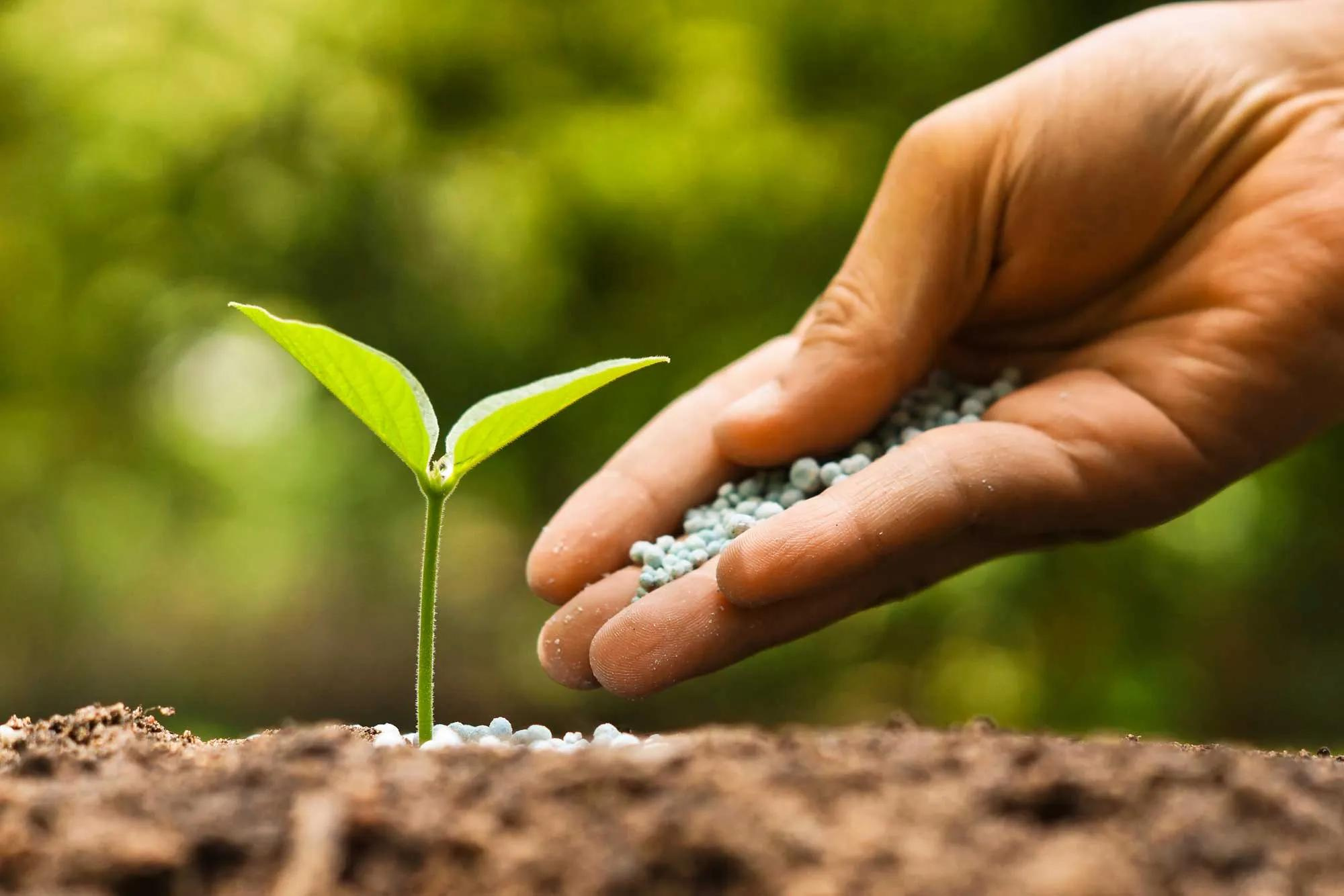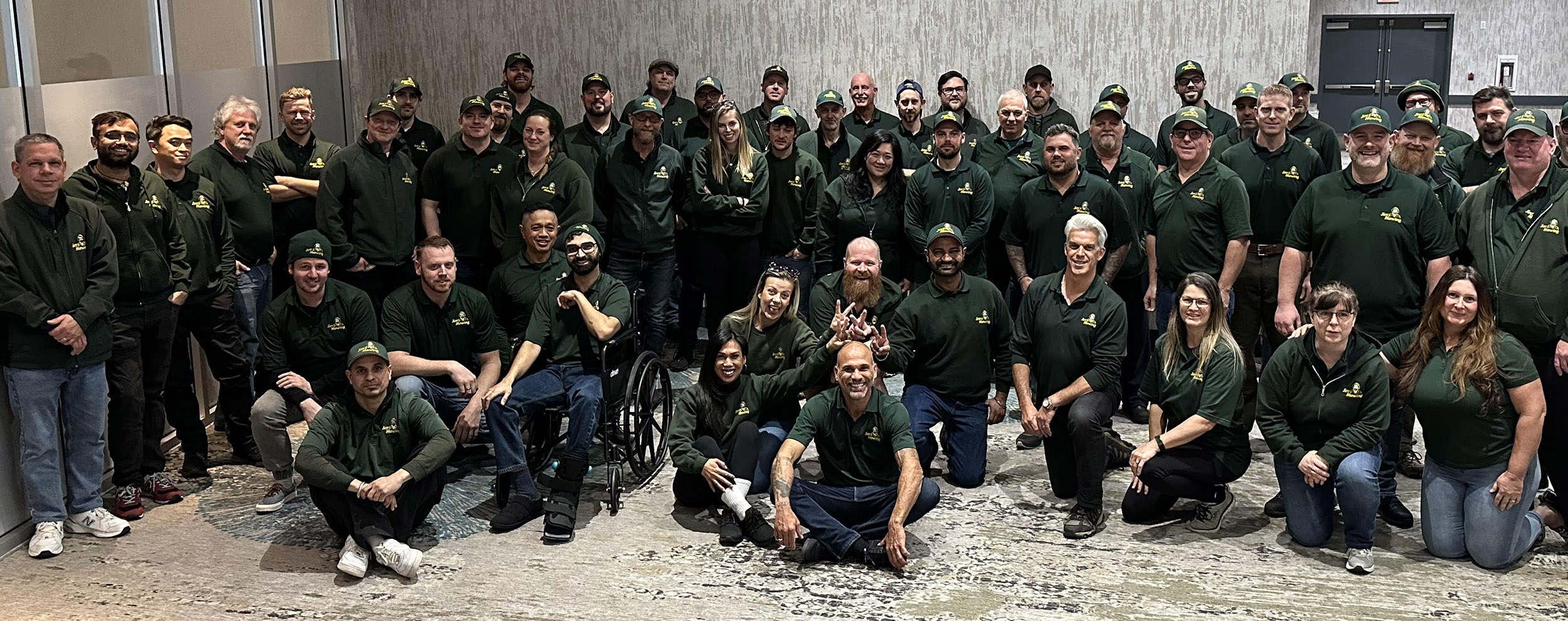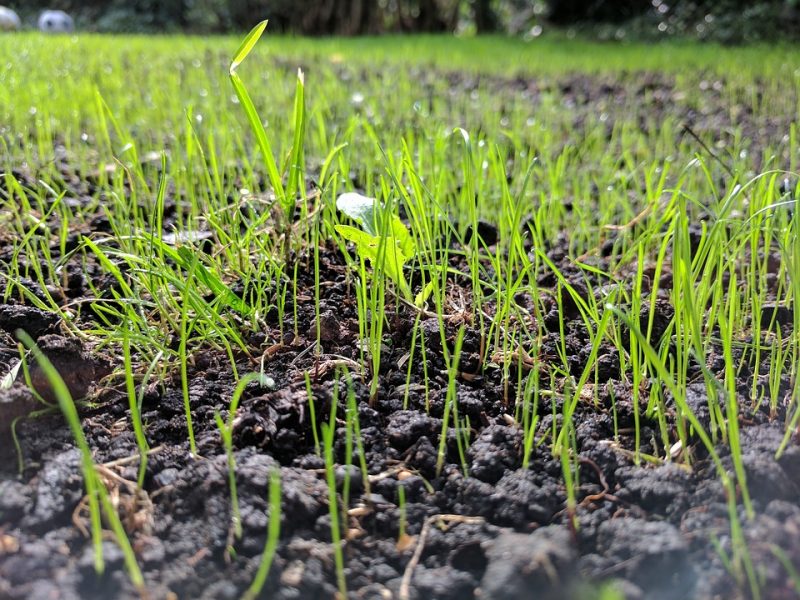
-
When you are planning on growing a new lawn from scratch, there are generally two options to do so: turf or seed. Seed is the less expensive of the two options, and can be a good choice for those not wishing to do the heavy lifting that comes with laying turf. It can also be good for covering up bare patches of ground after weeds have been removed within an already-established lawn. Below are a few tips and tricks for those choosing to grow grass from seed.

Top tips for growing lawn from seed
Pick the right time of year
Imagining having the perfect lawn and all the possibilities it could bring can be really exciting. But rushing into planting when the time isn’t right could make it harder for your grass to get established. Like most plants, the best time to start growing grass is in the spring. A mild temperature is ideal for sowing grass seed, as it gives the lawn a chance to get established before the weather becomes too warm.
Planting in the summer when the weather is scorching hot may not be the best way to go, as it means more water is needed to hydrate the seed. However, some suggest sowing warm season grasses during this time as it gives the lawn an opportunity to begin tolerating the heat. The winter months can cause dormancy in grass seeds, so while it may be easier on you to plant when it’s cold (less heat = less sweating and lethargy!), it isn’t ideal for growing grass.
Prepare the soil
To prepare the soil for planting grass seed, a good first step is using a rotary tiller on the top six inches of soil. This helps to break up large clumps of soil, while also providing the area with more oxygen. The next step is to remove rocks and debris and then rake the area to create a flat, even surface. Once a flat surface is achieved, water the area and sprinkle fertilizer onto the soil, making sure to apply evenly.
Choose the right grass seed for you
Not all grass is created for all climates and conditions, and it can be good to work out what type of grass you’re looking for before choosing its seed. It’s also important to know the weather and shade condition of the area you’ll be working in, to help ensure you pick the most compatible grass. Each grass has different strengths and weaknesses, and not all may suit your location.
Protect against predators
To many birds, grass seed is a yummy snack, and you just scattered a whole heap of it around for them to chow down on! If birds get their way with your newly-laid seed, you could end up with a patchy lawn, or worse, no lawn at all. Luckily, there are several methods that can be adopted to help keep birds away.
One popular method is to hang CDs around your yard or stick reflective tape to trees. Birds dislike the shine, and this should help to keep them at bay. Another option is to place a scarecrow amongst the seed to make it look like there is a person present. If you wish to take a more direct approach to prevent seed stealing, nets can be laid over the area that needs protecting. Pinning the netting over the seed can make it so that birds cannot access the seed, thus giving your grass a good shot at growing.
Growing lawn from seed can be a cost-effective option for those wishing to grow a whole lawn or fill the gaps in a patchy yard. If you choose to sow the seeds yourself, make sure to do plenty of reading and research beforehand to help ensure you get the best results from the process.
Need it done? Jim’s the one! Call us at 310-JIMS or book online now!



